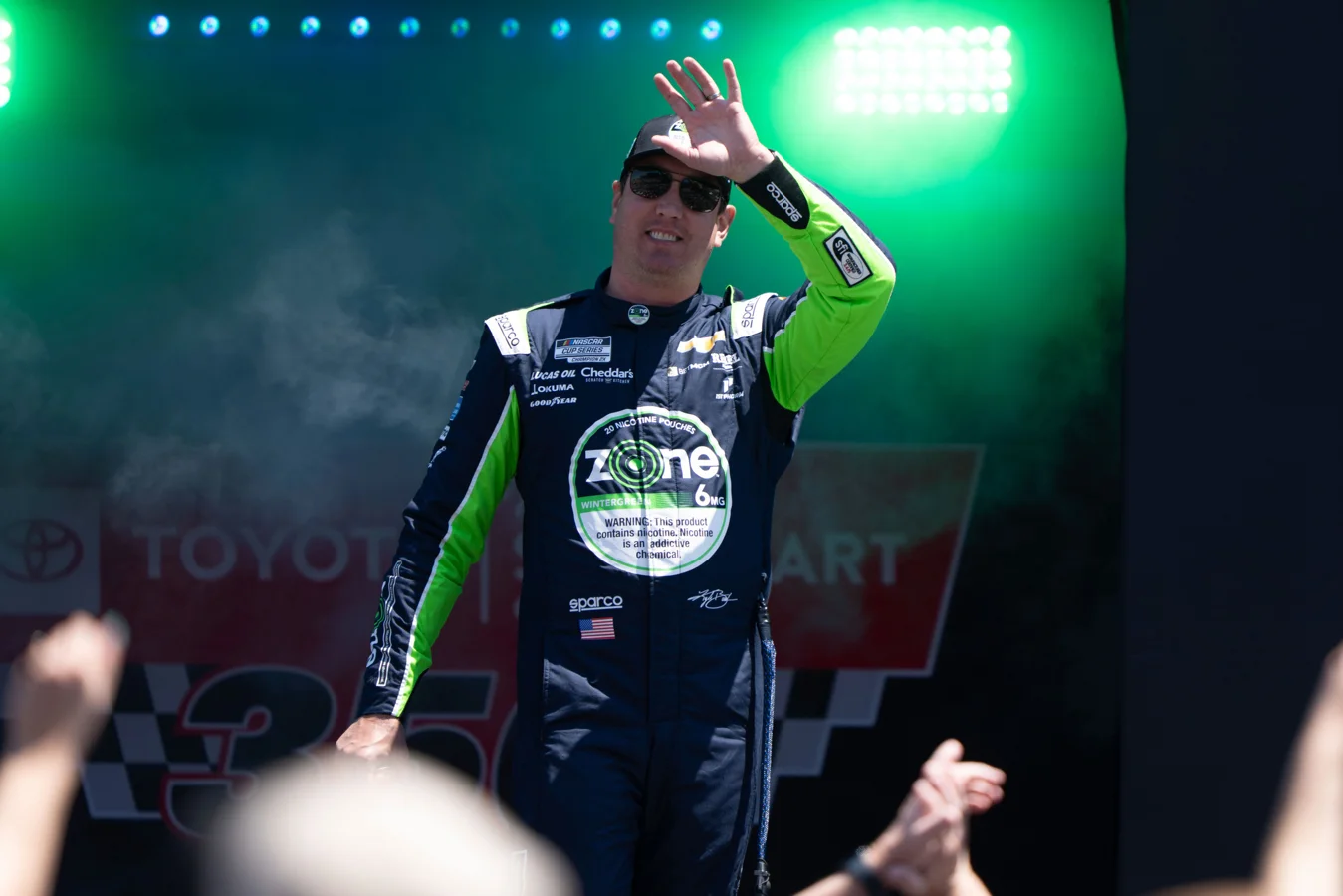Kyle Busch most miserable NASCAR moment occurred in Pensacola, Florida, during an exhausting race that left drivers overwhelmed by extreme heat and humidity. The veteran Cup champion described harrowing conditions where the searing environment pushed competitors to their limits and led to dangerous situations in the car.
Recalling an Overwhelming Challenge Behind the Wheel
Kyle Busch, who has spent nearly twenty-five years in the NASCAR circuit, has faced numerous hardships. Reflecting on his lengthy career, including a notorious crash in the 2015 Xfinity Series season opener that caused significant injury, Busch was recently prompted by The Athletic to share his most difficult experience inside a race car. He paused, sifting through years of trials, and highlighted a particularly unbearable race that stood out above the rest.
The event in question took place in the early 2000s in Pensacola, Florida. The conditions at that time were extreme, with race organizers scheduling the event during the peak of summer. The air temperature was a sweltering 100 degrees, combined with nearly 100 percent humidity, creating a suffocating environment on and off the track. Busch explained that the cars of that era escalated the challenge; the vehicles used aluminum engines and blocks, which caused them to run exceptionally hot, and design features like narrow grille openings further intensified the heat inside the cockpit.

Struggles with Cooling Systems and Escalating Conditions
Teams sought relief from the relentless heat by investing in air conditioning technology available at the time, specifically the Cool Boxx 2 unit. Busch described mounting the AC system under his seat, with a hose routing air directly to his helmet. Despite the investment, the system proved woefully inadequate, merely pushing hot air rather than providing any true cooling.
Desperate for relief as the temperature climbed, Busch requested a bag of ice from his pit crew during a stop, intending to cool the AC unit’s radiator fins in hopes of improving the airflow. The attempt backfired, however, and significant issues arose.
“Well, (the ice) cut the circuit. So it completely shut off,”
—Kyle Busch, NASCAR Driver
As Busch described, the malfunction happened around Lap 80, leaving him with neither air conditioning nor any other source of relief for the remainder of the contest—close to 220 laps in the relentless Florida heat.
Drivers Struggle and Some Are Overcome by Heat
The physical toll quickly became evident among the competitors. As the race progressed, the combination of soaring temperatures and stifling humidity pushed many beyond endurance. Several drivers were unable to finish, and some surrendered to the conditions before reaching the end.
“Guys were falling out of the seat. They were just pulling over and stopping and getting out because they couldn’t do it anymore. There were guys who were dizzy, fainting, all that stuff.”
—Kyle Busch, NASCAR Driver
Despite the grueling heat, Busch managed to persevere through to the finish line, enduring suffering and discomfort as the battle continued lap after lap.
“I made it, I made it to the finish,”
—Kyle Busch, NASCAR Driver
Ultimately, the result was not a victory. Busch and his team did not secure a win, but their efforts saw them finish inside the top ten—an achievement in the face of some of the harshest conditions he had ever faced in his career.
“I think we ran top 10 somewhere,”
—Kyle Busch, NASCAR Driver
“But that was the most miserable I’ve ever been in a car.”
—Kyle Busch, NASCAR Driver
Long-Term Impacts of Racing Under Extreme Conditions
This account of Kyle Busch’s ordeal underscores the dangers posed to NASCAR drivers by extreme heat, even when modern technology is used in the hope of providing relief. His recollection from Pensacola is a sobering reminder of not only the dedication and resilience required in competitive motorsports but also the ever-present risks that can arise when environmental factors escalate beyond control.
Battling through the ordeal, Busch’s story highlights the importance of adequate preparation and caution for drivers and crews alike. These dangerous experiences from past races help inform ongoing improvements in safety and comfort technology, ensuring future generations of NASCAR participants can better manage similar challenges.


